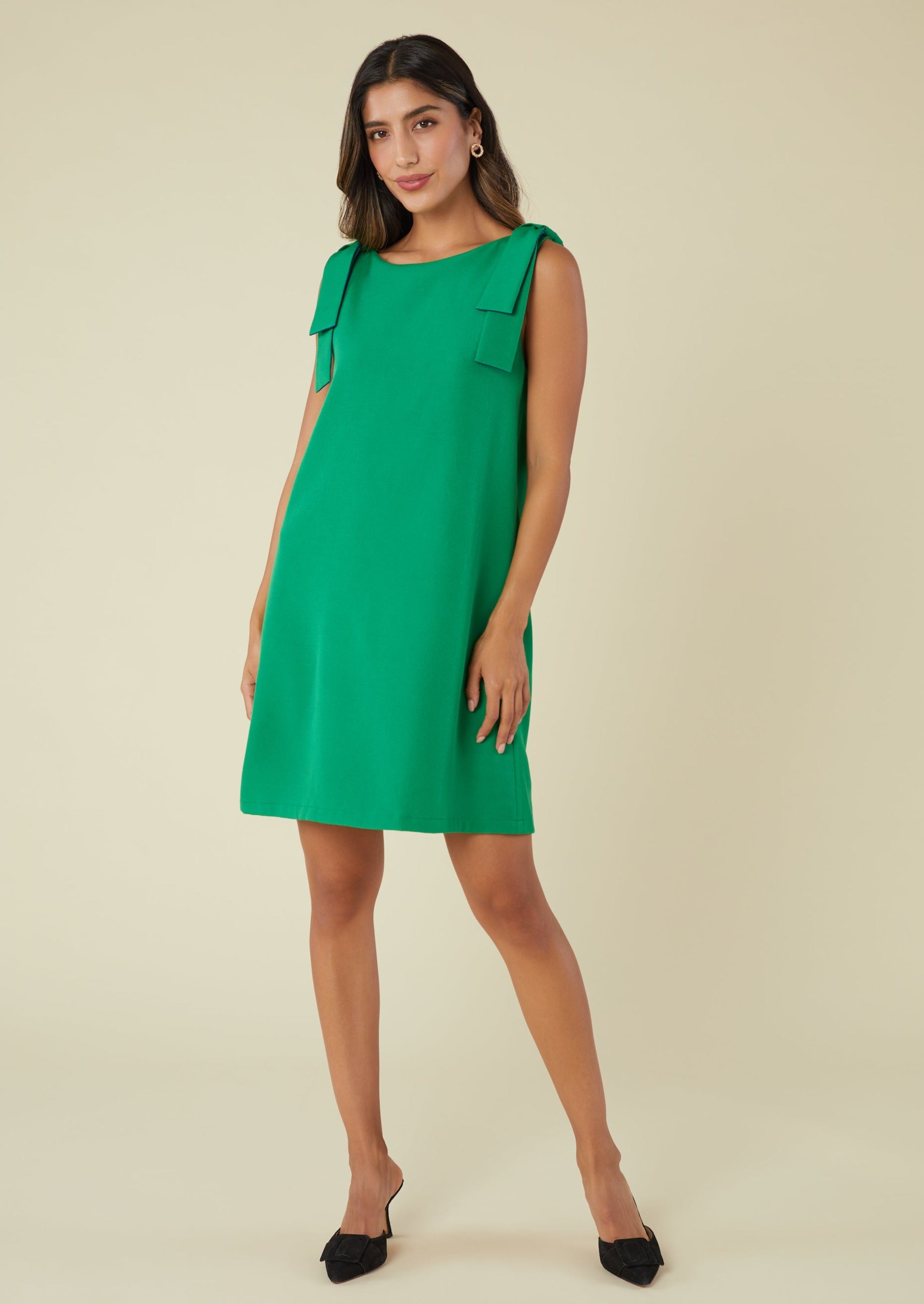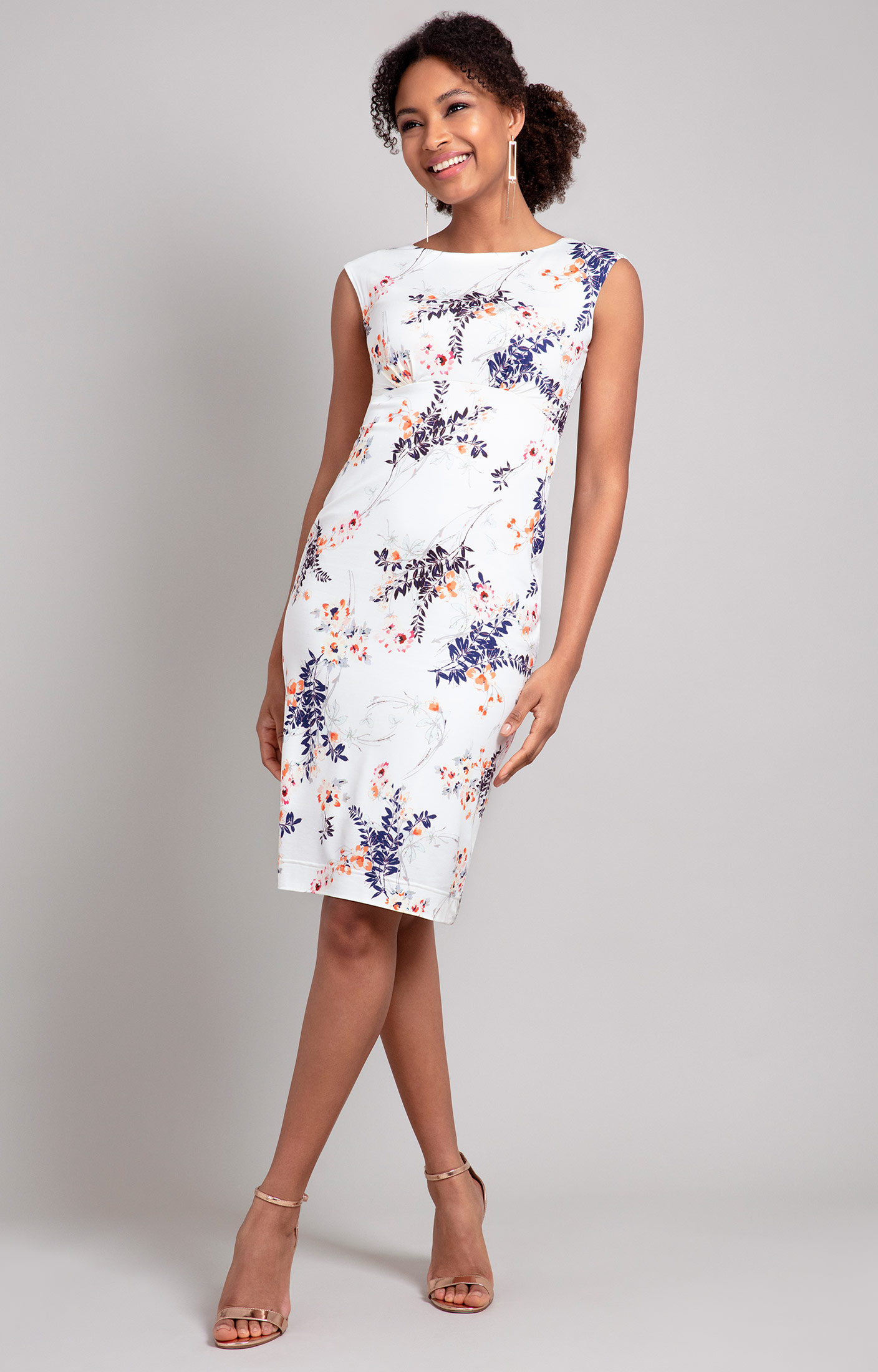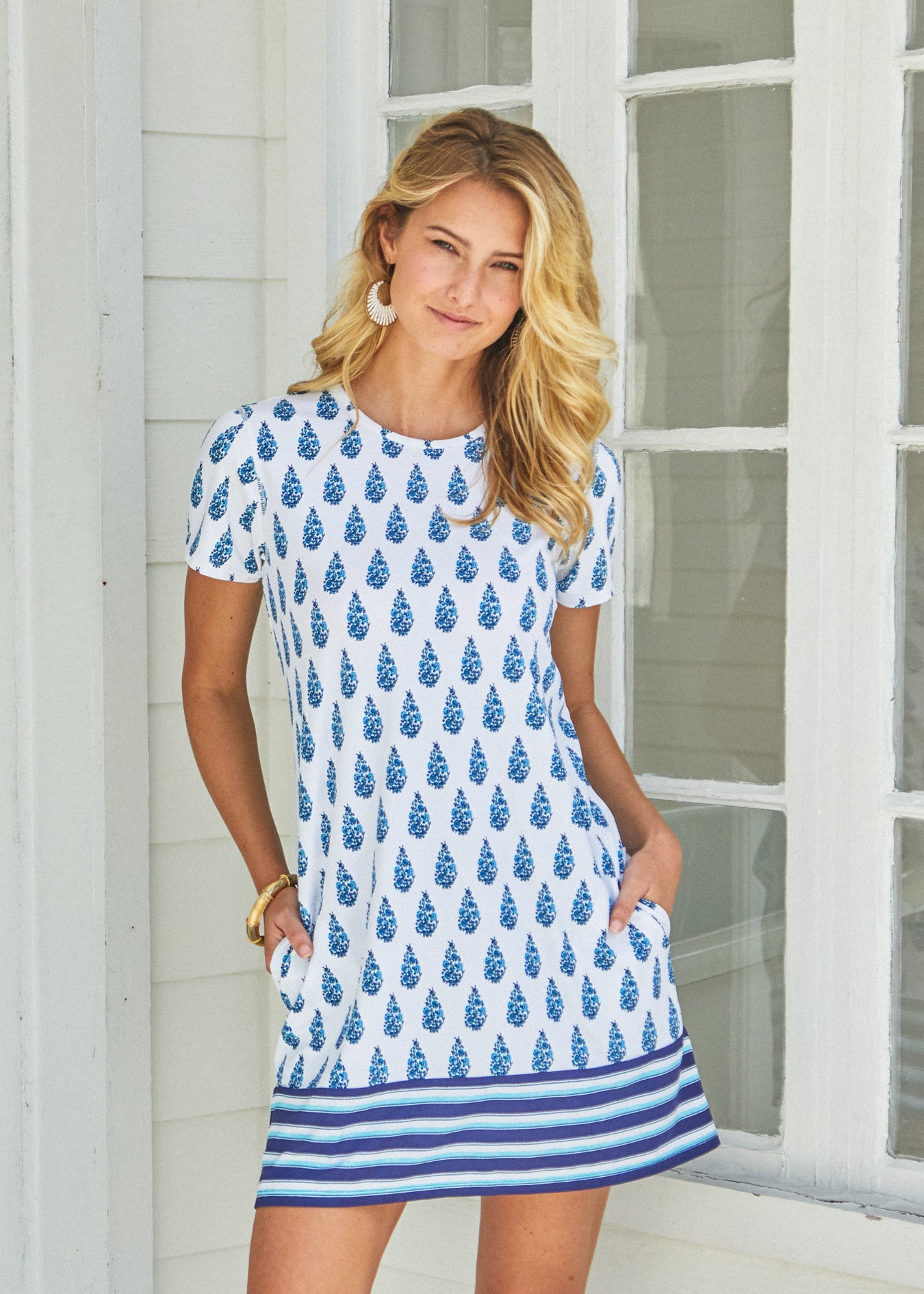Effortless Style: The Ultimate Guide to Shift Dresses
In the ever-evolving world of fashion, few garments embody timeless elegance and versatility like the shift dresses. This piece isn’t just a trend; it’s a wardrobe staple that has transcended decades, offering a blend of comfort, sophistication, and adaptability. From its origins in the 1920s to its modern interpretations, the shift dress remains a symbol of effortless style, allowing anyone to make a statement without the fuss. In this guide, we’ll explore why this iconic garment deserves a prime spot in your closet, backed by historical insights, scientific explanations of its design, and expert opinions. Whether you’re dressing for a casual outing or a formal event, the shift dress can be your go-to solution, and we’ll show you how to maximize its potential while keeping it affordable. Let’s dive into the world of shift dresses and uncover the secrets to mastering this classic look.
The Historical Evolution of Shift Dresses
The story of shift dresses begins in the 1920s, a decade marked by social change and the rise of women’s liberation. As flapper styles gained popularity, the shift dress emerged as a revolutionary garment that broke away from the restrictive corsets and voluminous skirts of the past. According to the Victoria and Albert Museum, this design was influenced by the Art Deco movement, emphasizing straight lines and geometric shapes that allowed for greater freedom of movement. Over the years, icons like Audrey Hepburn in the 1960s popularized the shift dress, making it a symbol of chic minimalism. In her book “The Little Black Dress,” fashion historian Nina Garcia notes that Hepburn’s portrayal in “Breakfast at Tiffany’s” cemented the shift dress as a must-have for modern women, blending simplicity with high fashion. This evolution highlights how the shift dress has adapted to cultural shifts, from the feminist movements of the 20th century to today’s body-positive era, where it celebrates diverse silhouettes without compromising on style. By understanding this history, you can appreciate the shift dress not just as clothing, but as a piece of cultural heritage that empowers wearers to express themselves confidently.

Scientific Design and Comfort Explained
What makes shift dresses so universally appealing? It’s all in the design, which combines ergonomic principles with aesthetic simplicity. From a scientific perspective, the shift dress typically features a straight cut that hangs from the shoulders, minimizing stress on the body’s pressure points. Research from the Cornell University Department of Fiber Science and Apparel Design explains that this loose fit promotes better air circulation, reducing the risk of skin irritation and enhancing comfort in various climates. Moreover, the use of high-quality fabrics like cotton, silk, or blends—often highlighted in Quora discussions by textile experts—ensures durability and ease of care. For instance, a study cited by Wikipedia on garment construction notes that the absence of darts and seams in many shift dresses allows for a more forgiving fit, accommodating different body types without alterations. This objective analysis shows that the shift dress isn’t just stylish; it’s engineered for everyday wear, making it a practical choice for busy lifestyles. As you slip into one, you’re not just embracing fashion; you’re benefiting from decades of design refinement that prioritizes your well-being.

Versatility in Styling and Occasions
One of the greatest strengths of shift dresses lies in their versatility, allowing you to transition seamlessly from day to night with a few simple adjustments. Think of it as a canvas for your personal style: pair it with sneakers and a denim jacket for a casual brunch, or elevate it with heels and statement jewelry for a formal event. On platforms like YouTube, fashion influencers such as Alexa Chung often demonstrate how a single shift dress can be styled in multiple ways, emphasizing its role as a capsule wardrobe essential. From a third-person viewpoint, consider how celebrities like Meghan Markle have been spotted in shift dresses during public appearances, showcasing their adaptability across cultures and settings. According to Baidu Baike, this versatility stems from the dress’s minimalist structure, which avoids overwhelming patterns or cuts, making it easy to accessorize. Whether you’re aiming for a professional look at work or a relaxed vibe on weekends, the shift dress offers endless possibilities, proving that less is often more in fashion. By experimenting with layers and accessories, you can make this garment uniquely yours, all while enjoying the confidence that comes with a well-chosen outfit.

Expert Opinions and Cultural Impact
To fully grasp the significance of shift dresses, it’s essential to consider the voices of experts and cultural icons who have championed this style. Fashion designer Diane von Furstenberg once stated in an interview, “The shift dress is the epitome of effortless elegance—it lets the woman shine, not the dress.” This sentiment is echoed on Twitter by style critics who argue that its understated design aligns with modern minimalism trends. From literature, books like “The Fashion System” by Roland Barthes analyze how garments like the shift dress communicate social values, such as independence and practicality. In movies, think of the iconic shift dress worn by Grace Kelly in “Rear Window,” which symbolized sophistication and poise under pressure. Universities like the Fashion Institute of Technology often include shift dresses in their curricula as examples of timeless design, highlighting their role in shaping 20th-century fashion. By drawing from these diverse sources, we see that the shift dress isn’t just a passing fad; it’s a cultural artifact that reflects broader societal shifts toward simplicity and functionality. As you incorporate it into your wardrobe, you’re joining a legacy of style pioneers who value substance over spectacle.
Practical Tips and Affordable Options
Now that we’ve explored the why behind shift dresses, let’s focus on the how—practical advice for choosing and caring for them without breaking the bank. Start by considering fabric quality; opt for blends that offer stretch and breathability, as recommended by online Q&A sites like Zhihu, where users share firsthand experiences with long-lasting materials. When shopping, look for discounts on reputable websites or during seasonal sales; for example, many retailers offer shift dresses at reduced prices, making high fashion accessible. From a first-person perspective, I’ve found that investing in a few versatile shift dresses can reduce the need for frequent shopping, ultimately saving money. To extend their lifespan, follow care labels—machine wash in cold water and air dry to prevent shrinkage, a tip backed by laundry experts on Quora. Additionally, consider customizing with belts or scarves to refresh the look without buying new items. By applying these tips, you’ll not only enjoy the aesthetic benefits of shift dresses but also the economic advantages, proving that style and savings can go hand in hand. Embrace this approach, and you’ll build a wardrobe that’s both chic and sustainable.
In wrapping up, the shift dresses stand as a testament to the power of simplicity in fashion. They offer a blend of history, science, and versatility that few other garments can match, making them an indispensable part of any wardrobe. By embracing their design and following practical advice, you can unlock a world of effortless style that adapts to your life. So, go ahead and explore the possibilities—your perfect shift dress awaits, ready to elevate your everyday moments with grace and ease.






